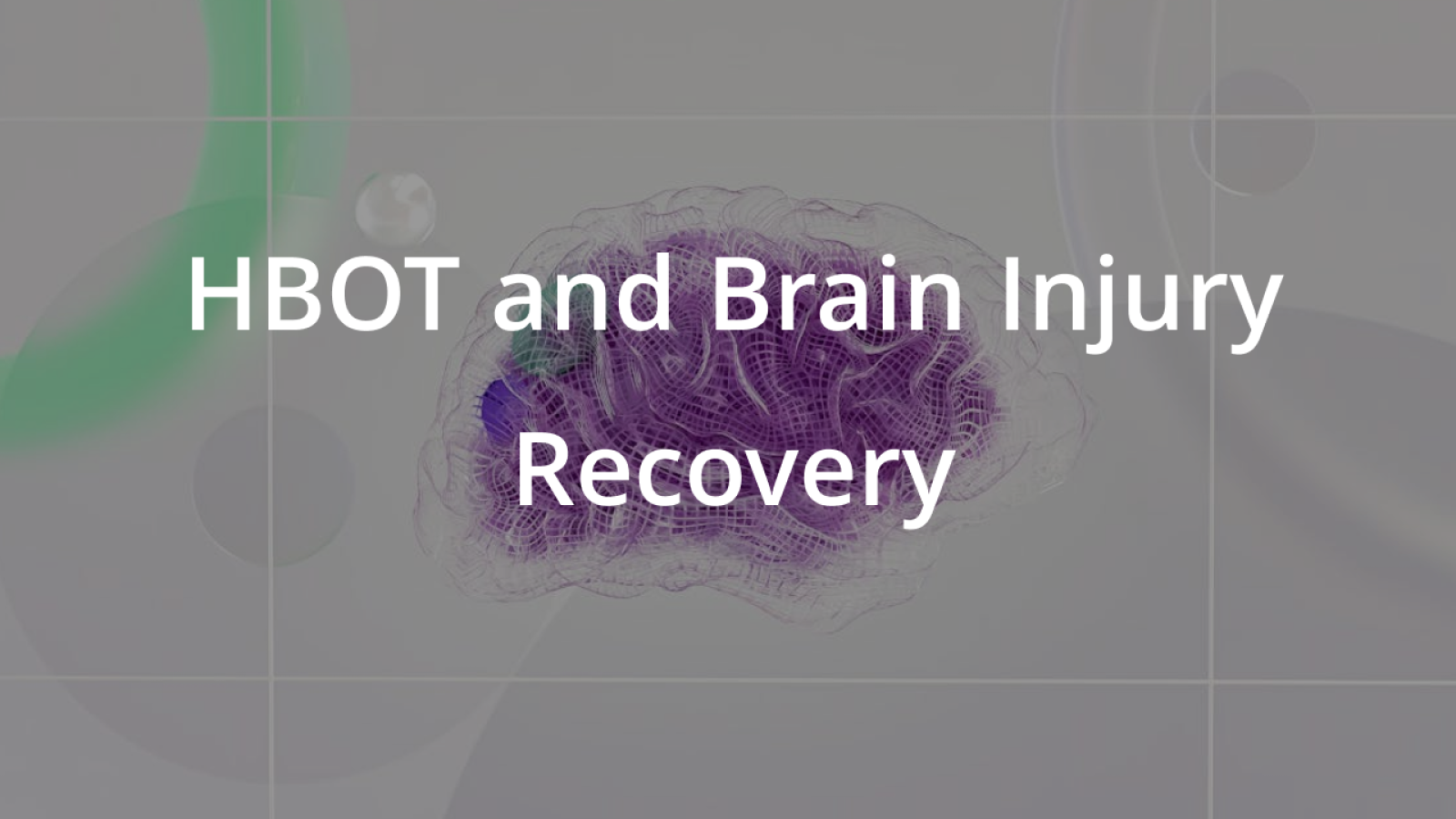Traumatic brain injuries (TBI) and concussions are significant health issues that can lead to long-term neurological impairment. Recovery from these conditions requires comprehensive rehabilitation strategies. Hyperbaric Oxygen Therapy (HBOT) is increasingly recognized for its potential to enhance neurological recovery and improve outcomes for patients suffering from brain injuries. This blog explores how HBOT can aid in the recovery process for individuals dealing with traumatic brain injuries, concussions, and other neurological conditions.
Understanding Hyperbaric Oxygen Therapy (HBOT)
Hyperbaric Oxygen Therapy involves breathing 100% oxygen in a pressurized chamber. This process increases the oxygen levels in the blood and tissues, which can have several therapeutic effects, particularly for damaged brain tissues. The increased oxygen supply helps to reduce swelling, promote healing of brain tissue, and potentially awaken dormant neurons, all of which are crucial for recovery from brain injuries.
The Science Behind HBOT and Brain Injury
- Oxygen and Brain Repair: The brain requires substantial oxygen to function correctly — about 20% of the body’s total usage. After a brain injury, certain brain areas may not receive enough oxygen, leading to impaired function and delayed recovery. HBOT can temporarily elevate oxygen levels in these areas, which is thought to enhance tissue repair and aid in recovering neurological functions.
- Reducing Inflammation: Inflammation is a typical response to injury, including TBI. While initially protective, prolonged inflammation can damage healthy tissues and hinder healing. Studies suggest that HBOT can modulate the inflammatory response, potentially reducing secondary damage to brain tissues following an injury.
- Promoting Neurogenesis and Angiogenesis: Emerging research indicates that HBOT may promote neurogenesis (the growth of new nerve cells) and angiogenesis (the formation of new blood vessels). These processes are vital for repairing and regenerating brain tissues and can help improve cognitive and physical functions after a brain injury.
Clinical Evidence Supporting HBOT in Neurological Rehabilitation
Several studies have explored the use of HBOT in patients with traumatic brain injuries and concussions. Key findings include:
- Improved Cognitive Function: Research has shown that patients receiving HBOT for TBI have reported improved memory, concentration, and executive functions.
- Reduction in Post-Concussion Symptoms: Patients treated with HBOT after concussions have experienced cutbacks in headaches, dizziness, and cognitive disturbances.
- Enhanced Recovery from Chronic TBI: Even patients with long-standing neurological symptoms have shown improvement with HBOT, suggesting that the therapy may help in chronic cases where traditional treatments have been exhausted.
Practical Considerations for HBOT Treatment
- Treatment Protocols: The specific HBOT protocol for brain injuries typically involves multiple sessions, often ranging from 20 to 40 sessions, depending on the severity of the injury and the patient’s response to the therapy. These sessions usually last about 60 to 90 minutes each.
- Safety and Side Effects: HBOT is generally safe under proper medical supervision. Possible side effects include ear discomfort due to pressure changes, temporary vision changes, and, rarely, oxygen toxicity. These risks are typically well-managed in a clinical setting.
- Integrating HBOT with Other Therapies: For best results, HBOT should be incorporated into a broader rehabilitation program that includes physical therapy, cognitive therapy, and medication management. This integrated approach helps ensure comprehensive care tailored to the patient’s needs.
Conclusion
Hyperbaric Oxygen Therapy offers promising potential in aiding the recovery of patients with traumatic brain injuries, concussions, and other neurological impairments. By enhancing oxygen delivery to injured brain tissues, reducing inflammation, and promoting healing processes, HBOT can significantly improve neurological functions and overall quality of life in affected individuals. As with any medical treatment, patients and healthcare providers need to discuss the benefits and risks of HBOT and consider it part of a multifaceted rehabilitation strategy.
